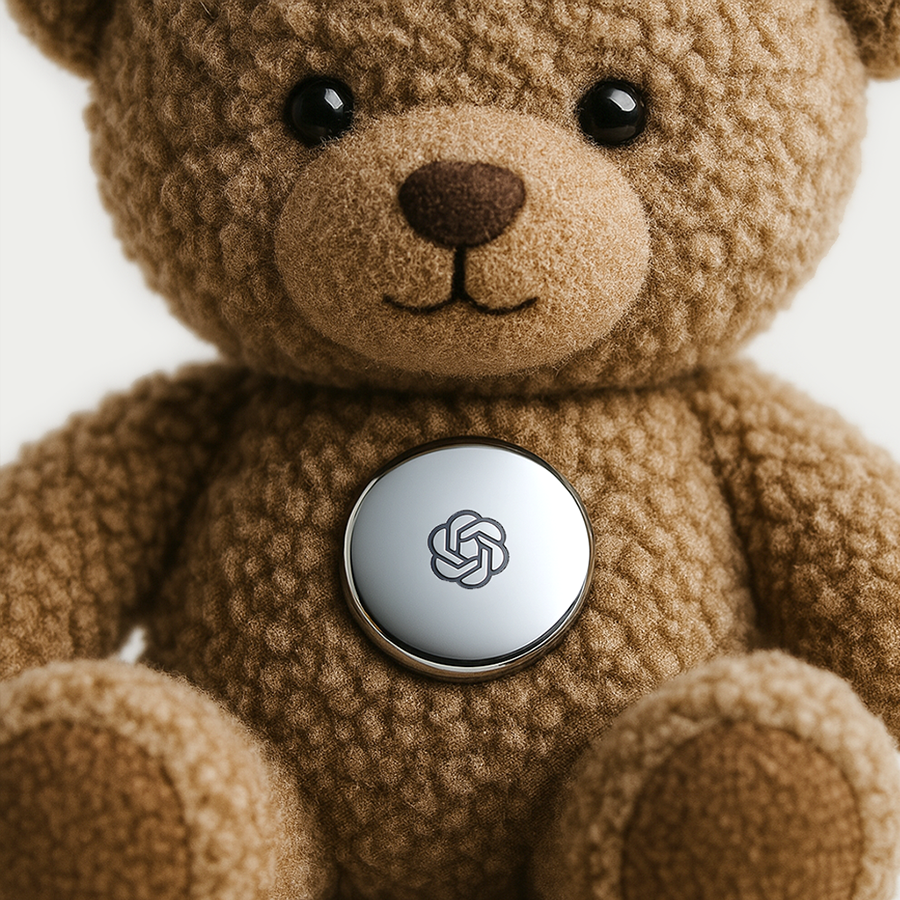The Next Wave of Personalized AI Hardware
OpenAI’s $6.5B acquisition of Jony Ive’s design startup, io, isn’t just another tech merger, it’s a bold signal of where the future is headed. By bringing together one of the most iconic design minds of our time with the world’s leading AI lab, OpenAI is laying the foundation for a new era of intelligent, personalized devices. This strategic move folds a team of elite hardware engineers into OpenAI’s ranks, with Ive and his firm LoveFrom continuing to shape the vision. This merger will inspire more than just a new wave of physical products, it will almost certainly impact how humans interact with AI itself.
So what’s their goal? Word is, that they plan to launch a radically reimagined, screenless, ambient device at some point in 2026 that feels less like a gadget and more like a companion. While it’s not expected to be a wearable by default, that doesn’t rule out the possibility; especially with the right accessories turning it into something you could carry, clip, or wear without a second thought.
Concept art for OpenAI and Jony Ive’s inaugural device complete with voice and gesture interaction, biometrics sensor, and accessories.
My guess is that the device won’t be the companion itself, but rather the voice, brain, and data collection mechanism behind an entire ecosystem of possible companions. Likely less as a product and more of a central operating system: a sleek, minimalist core that stays true to Jony Ive’s signature design philosophy, yet quietly powers and integrates with a wide array of third-party devices.
The device that powers AI companions
From smart toys that grow alongside children to humanoid robotics poised to go mainstream, this hardware could become the anchor for a future where AI isn’t confined to a screen or speaker, but embedded seamlessly into the objects and environments we interact with every day.
Why this matters (and why I’m watching closely):
It’s an AI arms race for “personal AI:” Tech giants are fiercely competing to embed AI deeply into our daily lives. OpenAI’s hardware push is clearly part of this conflict. It’s about being first to deliver a seamless, personal AI experience to every human on earth.
Lifelong data collection: Personal AI companions have the potential to gather deeply intimate data beginning as early as childhood and continuing throughout a person’s life. While this lifelong data stream could offer immense value, and enable truly personalized support, insights, and decision-making, it also raises significant concerns about surveillance, consent, and long-term privacy.
A growing set of tasks and autonomy: Over time, these AI companions won’t just chat, they’ll plan, organize, represent, and perhaps even negotiate on our behalf. In a world increasingly shaped by AI-to-AI (A2A) interactions (e.g. Google’s A2A protocol) our agents will proactively manage our relationships, schedules, and services.
By producing its own devices, OpenAI isn’t just chasing prettier gadgets. They’re securing direct access to user data and engagement, positioning themselves to dominate user attention on and off the screen as they push beyond their milestone of a billion active users worldwide. Simply put, OpenAI’s $6.5 billion bet on Jony Ive’s io isn’t just a power move, it’s a clear signal that hardware, combined with design flair, will be the battlefield for the next wave of personalized AI. And while the devices may be elegant and intuitive, the stakes (data, autonomy, privacy) will only growing higher.


